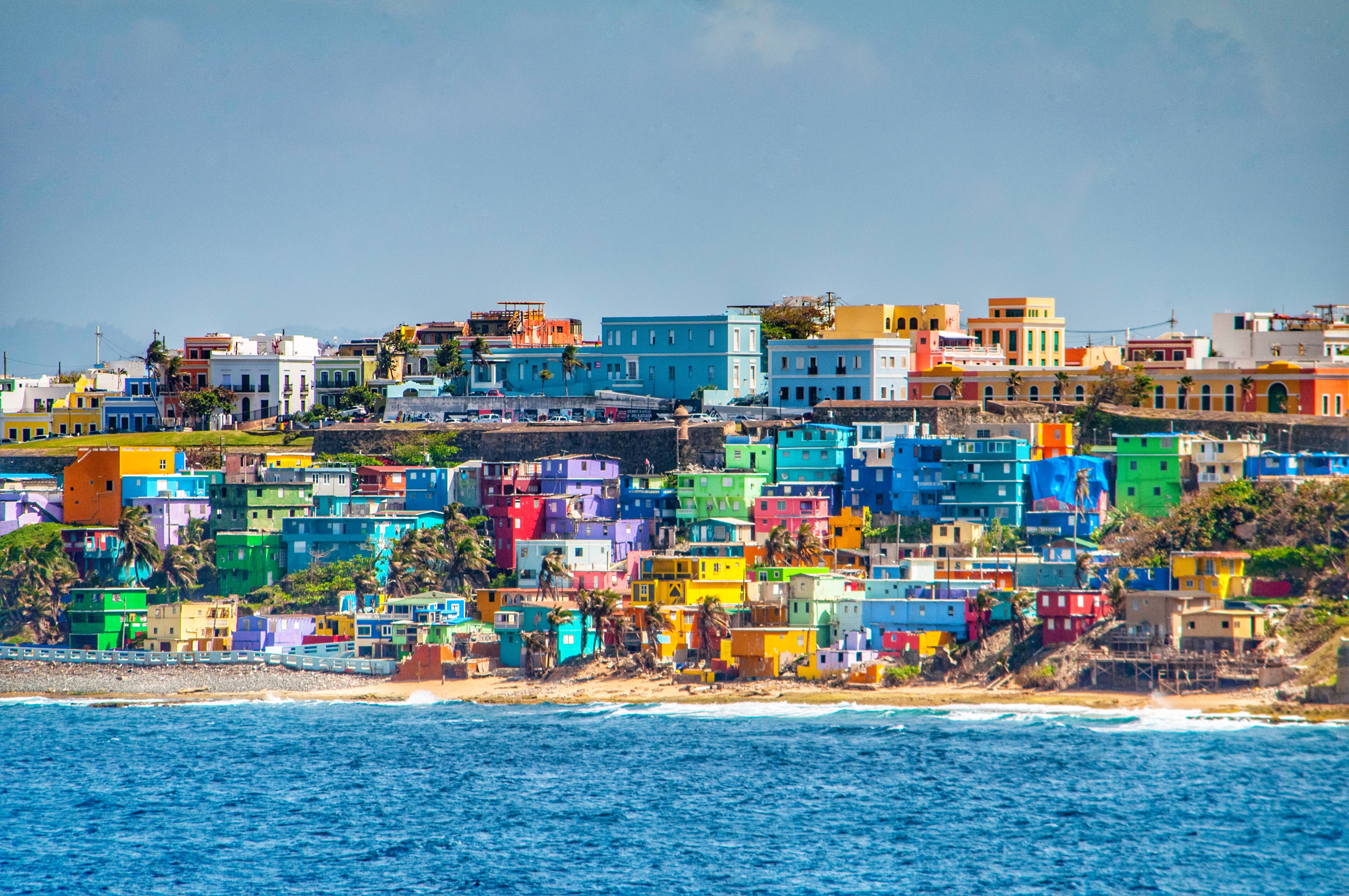Puerto Rico’s Historical and Cultural Heritage

Puerto Rico’s rich cultural heritage is a captivating blend of diverse influences, shaped by its unique history and geographical location. From its indigenous Taíno roots to its Spanish colonial legacy and American influences, the island’s culture showcases a vibrant tapestry of traditions, customs, and art forms that define its distinct identity.
The Caribbean is a beautiful place, and Puerto Rico is one of its most popular destinations. But what happens when a hurricane threatens to ruin your vacation? If you’re wondering where Hurricane Beryl is headed, click here for the latest updates.
Puerto Rico is a resilient island, and it has weathered many storms before. But it’s always important to be prepared, so make sure you have a plan in place in case of a hurricane.
Puerto Rico’s history has played a pivotal role in molding its cultural landscape. The arrival of Christopher Columbus in 1493 marked the beginning of Spanish colonization, which lasted for over four centuries and left an enduring imprint on the island’s language, religion, and architecture. The 19th century saw the rise of the independence movement, culminating in the Spanish-American War of 1898, which resulted in Puerto Rico becoming a territory of the United States.
Indigenous Taíno Heritage
The indigenous Taíno people, who inhabited Puerto Rico before European arrival, left a lasting legacy in the island’s culture. Their intricate carvings, pottery, and petroglyphs showcase their artistic skills and spiritual beliefs. Taíno words and phrases have also been incorporated into the Spanish language spoken in Puerto Rico, reflecting their enduring influence.
Spanish Colonial Influence
Spanish colonization brought significant cultural changes to Puerto Rico. The introduction of Catholicism, the Spanish language, and European architectural styles transformed the island’s cultural landscape. Spanish traditions, such as bullfighting and flamenco dancing, became popular, and the island’s cuisine was infused with Spanish flavors.
African Influences
During the slave trade, many Africans were brought to Puerto Rico to work on sugar plantations. Their arrival added another layer to the island’s cultural tapestry. African music, dance, and religious practices influenced Puerto Rican culture, particularly in the bomba and plena musical genres.
Puerto Rico, a Caribbean paradise, is often visited by tropical storms. Storm Beryl , a recent tropical storm, passed near Puerto Rico, bringing heavy rains and strong winds. Fortunately, the island was spared from any major damage, and life quickly returned to normal.
American Influences
Puerto Rico’s status as a U.S. territory has also shaped its culture. American pop culture, music, and film have become popular on the island, and English has become a widely spoken language. However, Puerto Ricans have maintained their distinct cultural identity, blending American influences with their own traditions.
Economic Landscape and Development in Puerto Rico

Puerto Rico’s economy has undergone significant transformations over the years. While the island has faced economic challenges, it also boasts a diverse economic landscape with potential for sustainable growth.
Key industries in Puerto Rico include manufacturing, tourism, pharmaceuticals, and financial services. However, the island has grappled with high levels of poverty and unemployment.
Economic Development Initiatives, Puerto rico
To address these challenges, Puerto Rico has implemented various economic development initiatives. These include:
- Tax incentives to attract investment
- Infrastructure improvements
- Education and workforce training programs
These initiatives have had mixed results, with some showing positive impacts on economic growth and job creation.
Opportunities for Sustainable Growth
Despite the challenges, Puerto Rico possesses opportunities for sustainable economic growth. These include:
- Expanding the tourism industry
- Developing renewable energy sources
- Attracting foreign investment in high-tech sectors
By capitalizing on these opportunities, Puerto Rico can create a more prosperous and sustainable economic future.
Tourism and Attractions in Puerto Rico
Puerto Rico offers a plethora of captivating attractions, encompassing pristine beaches, lush rainforests, historic landmarks, and vibrant cultural experiences. From exploring the cobblestone streets of Old San Juan to snorkeling in the crystal-clear waters of Vieques, the island caters to diverse tastes and preferences.
To embark on an unforgettable journey through Puerto Rico’s enchanting tapestry, consider the following itinerary:
Beaches and Coastal Delights
- Isla Verde Beach: Bask in the sun’s embrace on this picturesque stretch of golden sand, ideal for swimming, sunbathing, and water sports.
- Luquillo Beach: Escape to a secluded paradise with turquoise waters, swaying palm trees, and kiosks offering authentic Puerto Rican cuisine.
- Playa Flamenco, Culebra: Experience paradise on earth at this pristine beach, renowned for its white sands, crystal-clear waters, and vibrant coral reefs.
Natural Wonders and Adventure
- El Yunque Rainforest: Immerse yourself in the lush embrace of Puerto Rico’s only tropical rainforest, home to towering trees, cascading waterfalls, and exotic wildlife.
- Camuy River Cave Park: Explore the largest cave system in the Americas, featuring underground rivers, massive caverns, and breathtaking stalactite and stalagmite formations.
- Toro Verde Adventure Park: Embark on an adrenaline-pumping adventure with zip lines, canopy tours, and a giant swing that offers panoramic views of the surrounding rainforest.
Historical and Cultural Heritage
- Old San Juan: Step back in time as you wander through the cobblestone streets of this UNESCO World Heritage Site, admiring its colorful colonial architecture, historic churches, and lively plazas.
- Castillo San Felipe del Morro: Explore this imposing fortress, a testament to Puerto Rico’s rich military history, and marvel at its stunning views of the Atlantic Ocean.
- Museo de Arte de Puerto Rico: Immerse yourself in Puerto Rican and international art, showcasing works from renowned artists such as Francisco Oller and José Campeche.
Accommodations and Dining
Puerto Rico offers a diverse range of accommodations, from luxurious beachfront resorts to charming guesthouses. For an unforgettable culinary experience, indulge in the island’s vibrant food scene, featuring a delectable blend of Spanish, Caribbean, and African influences.